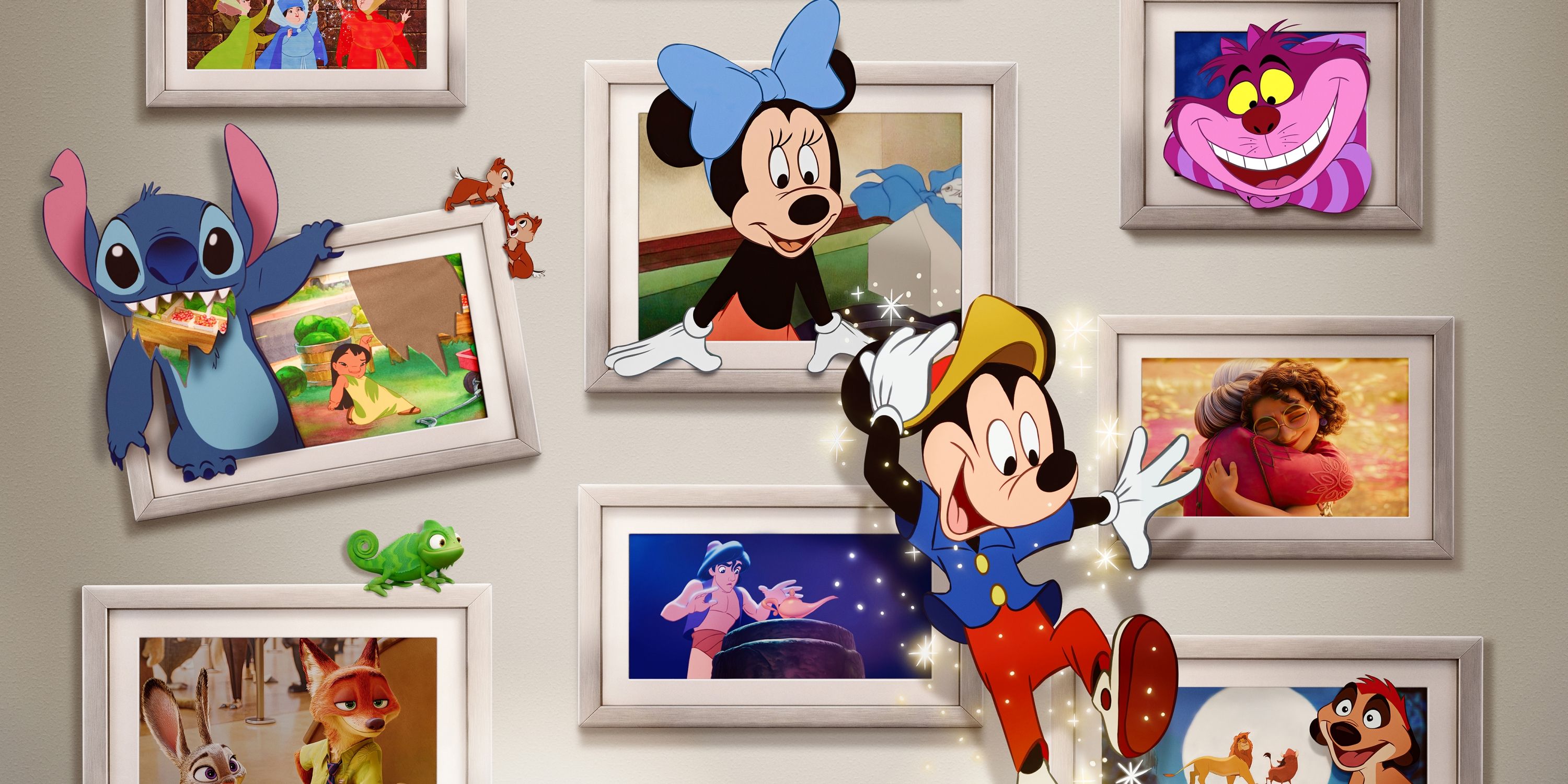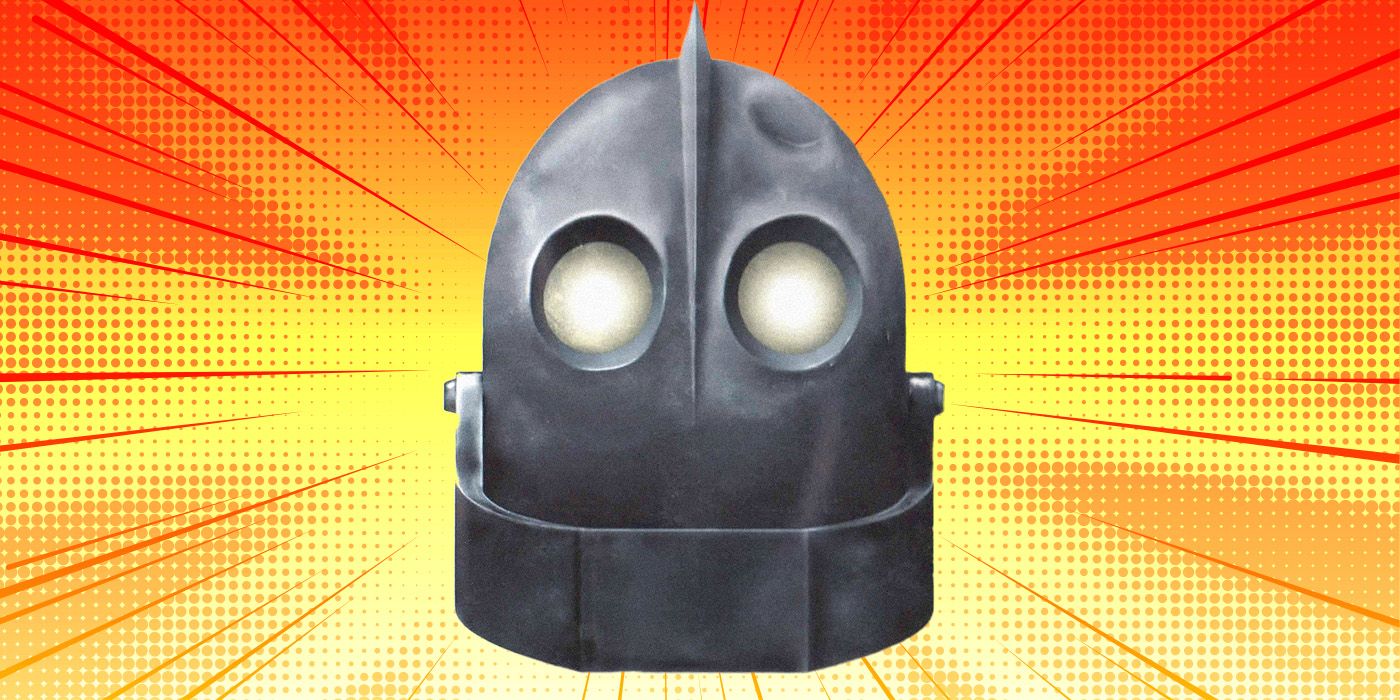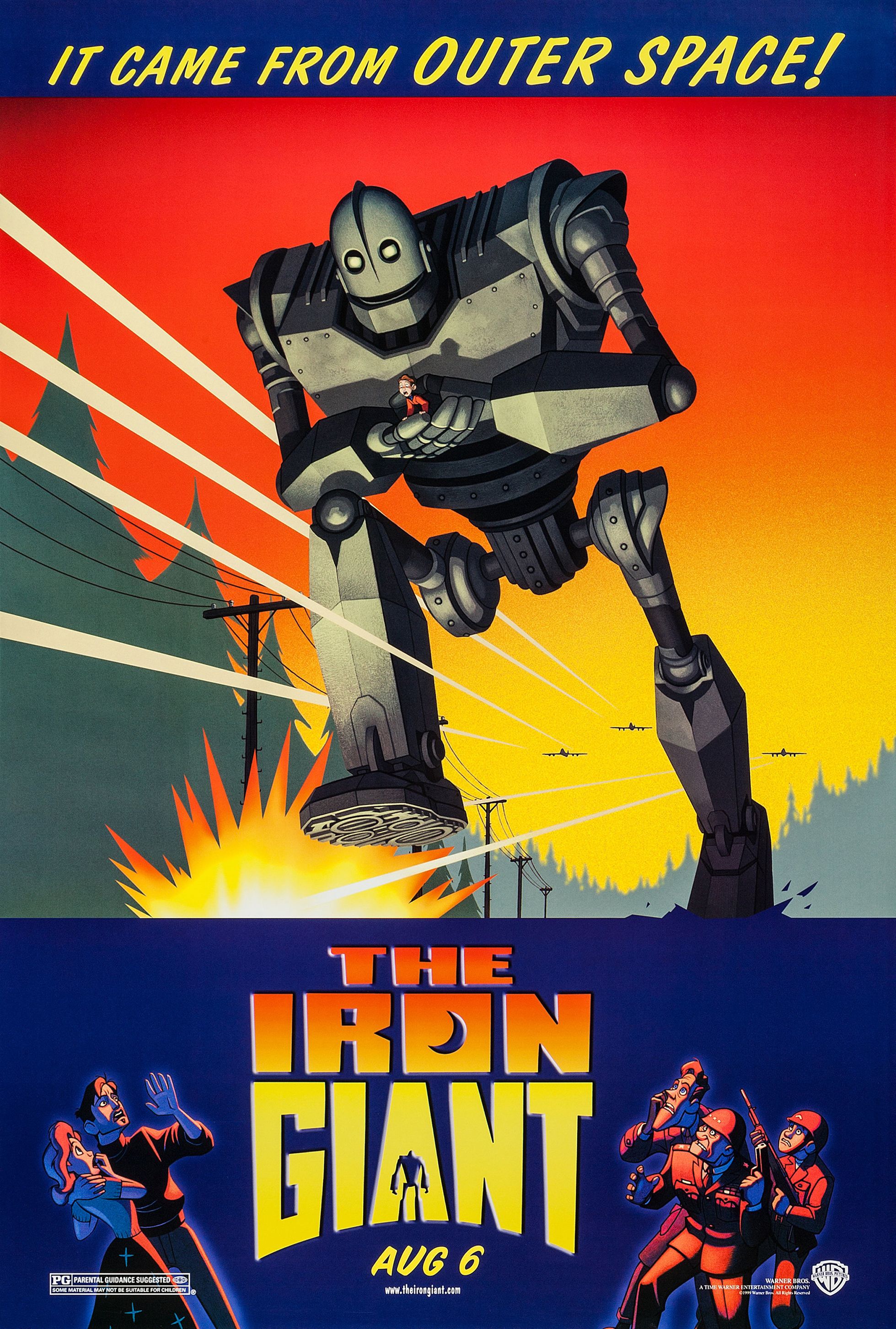The Big Picture
- The Iron Giant's "The Giant's Dream" deleted scene adds essential context to the Giant's backstory.
- Without "The Giant's Dream" sequence, the Giant's arc from gun to superhero lacks crucial emotional depth.
- The completed scene was added in the 2015 "Signature Edition," enhancing the Giant's character development and the film's themes.
It's been 25 years since The Iron Giant premiered in theaters, and ever since, this animated classic has captured our hearts in the best of ways. Directed by future The Incredibles and Mission: Impossible – Ghost Protocol director Brad Bird, this adaptation of Ted Hughes' The Iron Man (not related to the Marvel Comics character) is among the best-animated movies ever made. Taking place in the 1950s Maine during the height of the Cold War, The Iron Giant hinges on the relationship between a young boy and his fifty-foot robot from outer space. But although the theatrical cut of the film is nearly perfect on its own, there's one crucial scene that was left on the cutting room floor that helps us to better understand where the Giant came from – and why he's built for violence.
'The Iron Giant's Deleted Scene Adds Some Context
Originally, after Hogarth Hughes (Eli Marienthal) left the Giant (Vin Diesel) behind at Dean McCoppin's (Harry Connick Jr.) scrapyard following the "souls don't die" conversation, the narrative would've pivoted back to the Giant as he slept, before Hogarth is interrogated by Kent Mansley (Christopher McDonald). This scene, dubbed "The Giant's Dream," begins with the Giant tossing and turning on the pile of scrap metal that makes up his makeshift bed. Inside, Dean lies asleep in his recliner only to be woken up by a strange signal interfering with his television set. It turns out, the Giant's own mechanical brainwaves are being transmitted to Dean's antenna, and he awakes to see the very thing the robot is dreaming about outdoors. At first, the dream starts with memories of what we've already seen, juxtaposed with some voiceover of what we've already heard.
We see the Giant going to touch the deer that he later sees killed, and even the moment he touches Rockwell's power station before being electrocuted and saved by Hogarth. But then the vision turns dark. He sees an alien city backdropped by a red planet or moon, but almost immediately, this city is blown to bits by a greenish energy weapon (which audiences will recognize as the Giant's own energy weapon from the third act), and a dozen other Iron Giants soon overtake the city before the Giant looks down to see a spooky reflection of itself in full battle attire. This wakes Dean from his sleep and he stares frightened at the television. The final image transmitted is that of the destruction of an entire planet, not unlike what happened to Superman's homeworld of Krypton. The Giant awakes afraid before rolling back over and going to sleep, but Dean struggles to move past what he just saw.
The Giant's Backstory Is Crucial to Understanding His Character Arc
Sure, one could argue that what we see in the Giant's dream isn't so much his past but rather his fears of what he could be. From the moment the dream starts, we slip further and further back into his memory banks before landing at the scene of this alien holocaust. More than that, the Giant would have no way of knowing what he would look like in full-battle mode as he sees here, and thus it appears that this scene is actually a memory from his obscured past (something the filmmakers have even confirmed). We know that he struggles to remember things before landing on Earth due to the bump on his head, but this gives us a bit more context as to why he was sent here in the first place: to scout out another potential conquest.
This would make the Giant more akin to Atomo rather than Superman, who Hogarth reassures him he can be. "You are who you choose to be," is The Iron Giant's mantra, and that choice is presented to our titular hero on more than one occasion. The entire pitch behind Brad Bird's take on adapting The Iron Man was based around the concept of, "What if a gun had a soul, and didn't want to be a gun?" as Bird explains in The Giant's Dream: The Making of The Iron Giant documentary. The director pulled from his own experience of having lost his sister to gun violence and dreamed up the Giant's arc from gun to superhero. In knowing better where the Giant comes from and the purpose for which he was made, we can better appreciate his emotional turmoil in determining the type of person he chooses to be.
But this sequence isn't just a fan-service-y glimpse into the Giant's past for our benefit. It forces the Giant to confront his intended nature later on when he and Hogarth are playing with the boy's toy gun. The Giant nearly kills Hogarth in this scene, and Dean, who now knows what the Giant is capable of, jumps in to save the boy just in time. Frightened by his own behavior, the Giant flees, only to answer cries for help from Rockwell, choosing not to be a gun. While Brad Bird's The Iron Giant still works even without the "The Giant's Dream" sequence, it adds weight to the material that adds nicely to the film's nature vs nurture themes. Yes, the Giant contains a truly archaic and destructive nature, but when juxtaposed with Dean and what he and Hogarth are teaching the robot, it’s clear that nurture wins out in the end.
"The Giant's Dream" Was Left Unfinished for Years
When preparing The Iron Giant for its original theatrical release, the powers that be ultimately decided that the dream sequence wasn't going to make the cut. The scene had been storyboarded, but nothing had been completed for the final film, which was a shame. "It's a very intriguing scene. There's nothing else like it in the movie in that it's kind of abstract," Bird explained in "The Giant's Dream" featurette from the film's original DVD release. "That's one I would've liked to have made all the way through because it would've been a really cool piece of filmmaking." The director noted that he ultimately believed the film worked fine without this extra material, but emphasized that it would've been "a little bit better" with it added in. For over a decade, it seemed like "The Giant's Dream" was, well, nothing but. But sometimes dreams do become reality, and in this case, Bird got to see his come true.

Has Disney Forgotten the Power of 2D Animation?
The House of Mouse is still resisting a return to the medium it built.
In 2015, following the film's 15th anniversary, The Iron Giant was re-released back into theaters. Yours truly saw the film twice on the big screen, and each time was pleasantly surprised that "The Giant's Dream" had been completed and added to the final product (which also included a new Blu-ray release). Titled The Iron Giant: Signature Edition, the new version includes not one, but two of the theatrical version's deleted scenes, newly animated. One of these was a quick moment between Dean and Hogarth's mother, Annie (Jennifer Aniston), but the other was a completed "Giant's Dream" sequence that lived up to the previously revealed storyboards. "I thought they were worthwhile seeing even though they’re small," Bird told Collider back in 2015, later noting that he considers the Signature Edition an "alternate" version rather than a traditional director's cut.
"I’m absolutely fine with the other cut and I think it works and I think it works fine," the filmmaker revealed. "But I also think there are some nice things this version adds, and I’ve always conceptually liked the Giant’s dream scene because it’s weird." Not only is it weird, but it adds a gravitas to that final "Superman" moment at the end of the film. We know now what the Giant's future would have looked like had he chosen to be like Atomo. It would've resulted in the destruction of worlds, and the exact extent of that was a mystery to audiences before. But instead, the Giant chose to be like Superman, sacrificially saving the world. "The Giant's Dream" is a pivotal look into the Giant's potential future as a weapon, one that reinforces why he ultimately chose a different path.
The Iron Giant is available to rent on Prime Video in the U.S.


